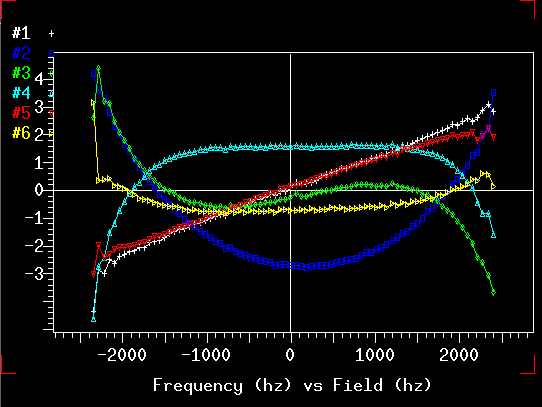|
Hello, I've been trying to create a gradient shim map (shown in figure below) on a standard 5 mM tube on D2O (10% D2O/H2O sample). The map is continuous in the middle portion, but has jumpy edges (in fact I see this pretty much always on the maps that I've recorded). Is that a problem? Will gradient shimming result be better if the map is smoother? Thanks.
|
|
The edges of the map represent the ends of the active region of the coil. The signal to noise ratio in these regions is lower, resulting in the jagged appearance of the shim map. It is essentially noise on the shim map. There may also be some "susceptibility bumps" resulting from the end of the coil. Most coil geometries have more magnetic effects at the ends of the coil than in the middle. Jaggedness in the middle of a shim map can be due to bubbles or particles in the sample. Most gradient shimming procedures try to avoid these regions of the map. That is what you are doing when you or the software sets the region from the cursors on the "top-hat". Your maps actually look pretty good. |






